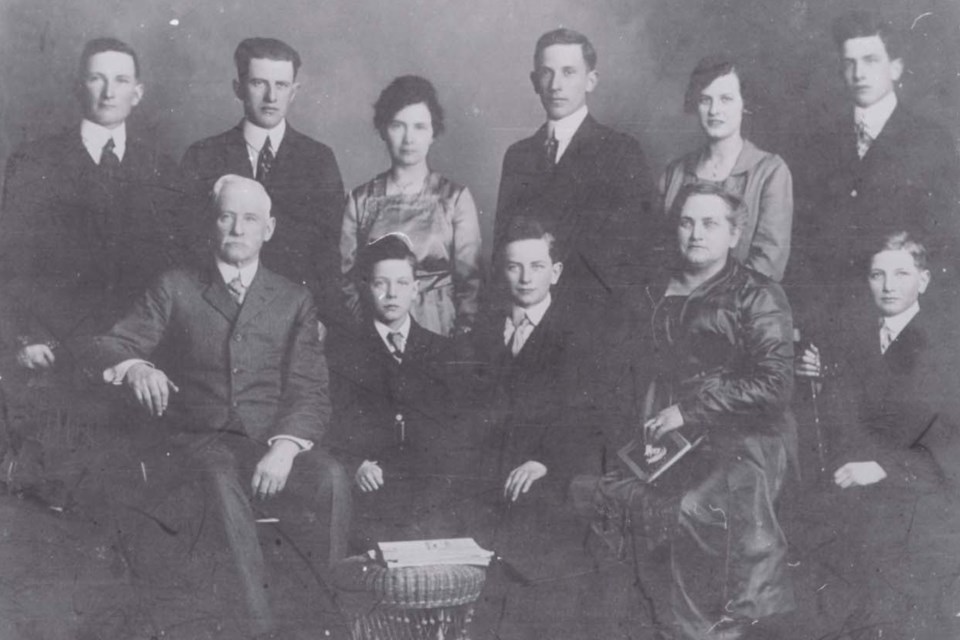About a decade ago, I had the privilege of sitting down and chatting at length about all-things local history with lifelong Innisfil farmer Keith Kell. His family had been in the area (farming along the northern side of Highway 89 west of Yonge) since 1851, so there was a lot of ground to cover.
Keith spent a lot of time talking about his grandfather, William Kell, of whom he was clearly proud. Though his recollections of this hard-working man, we learn a lot about Innisfil in the second half of the 19th century.
“Back in the days of my grandfather the land was still heavily forested, and farmers could make a lot of money logging,” said Keith. “Logs were felled on their property and taken by sled to the railway siding in Gilford. My grandfather cut down an ancient pine tree that took two horse-drawn sleds to get it to the siding where three railway cars were used to take it away. It became a mast for the Royal Navy.”
In those days, farmers also supplemented their income by harvesting maple syrup for the sugar bushes on their properties. The Kells were no different. In fact, the wood lot remains all these years later, located in a shallow fold of the ancestral property. “My family tapped a lot of trees in those days; everyone did,” Keith said. “It was a way of making some extra money, and the maple sugar substituted for more expensive white sugar. I still have the bell worn by my grandfather’s team of horses while working in the sugar bush.”
William was a successful farmer, raising cattle and growing crops. “Everything was shipped out by train from Gilford,” said Keith, “and was taken to the siding by wagon.”
But the road taken was a far cry from the modern asphalt thoroughfare that is today’s Highway 89. In the first half of the 19th century, this road was notorious for being in poor condition. The solution was to transform what is today Highway-89 into a corduroy road: cedar logs laid across the path and packed in mud. Many of the logs that went into building the road came from the Kell property.
The corduroy was primitive, but it endured. “When I was young, Highway 89 was gravel, but I remember times when the road would heave in the spring and logs from the old ‘corduroy’ road would lift through the earth,” Keith recalled.
William Kell died on June 6, 1941. He was 81 and watched Innisfil evolve dramatically over the span of his lifetime.
Almost 80 years had passed when I sat down to chat with Keith. He himself was an elderly man. And yet, as the words flowed from his mouth and memories resurfaced, a youthful gleam appeared in his eyes. He became a young boy again, the child you looked up to his beloved grandfather.



